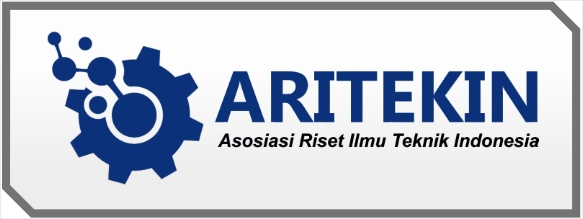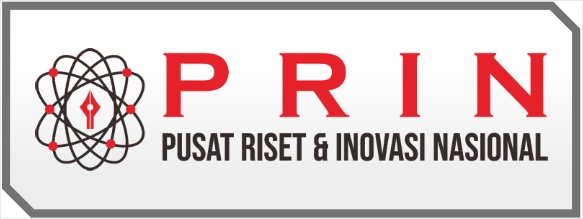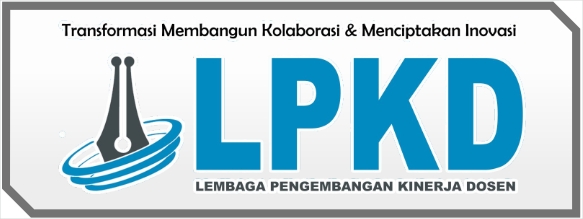Ketergantungan Ekonomi Pada Sektor Migas : Diversifikasi Sebagai Upaya Mengurangi Risiko Ekonomi
DOI:
https://doi.org/10.55606/jurritek.v3i1.2485Keywords:
oil and gas sector, Economic dependence, Economic DiversificationAbstract
This research addresses the issue of economic dependence on the oil and gas sector and the efforts of economic diversification as a solution to reduce economic risks. We explain the benefits of economic diversification, such as economic stability and risk reduction, and provide case studies of countries that have succeeded in diversification. We also discuss the challenges and obstacles related to economic diversification, along with relevant policy recommendations. The findings highlight the importance of strategic measures in achieving more stable and sustainable economic growth.
References
Aswicahyono, H., & Hill, H. (2007). Productive inefficiency in Indonesian manufacturing. Bulletin of Indonesian Economic Studies.
Auty, R. . (1993). Sustaining development in the mineral economies: The resource curse thesis. Routledge.
Brekke, T., Holmoy, E., & Straume, H. . (2018). The Norwegian economy and the Dutch disease. CESifo Economic Studies.
Collier, P., & Goderis, B. (2007).Commodity prices, growth, and the natural resource curse: Reconciling aconundrum. CEPR Discussion Paper.
CordenW.M ; Neary J.P. (1982). Booming sector and de-industrialization in asmall open economy. The Economic Journal, 92, 825–848.
Davis, G. (1995). Learning to love the Dutch disease: Evidence from the mineral economies. WorldDevelopment, 29, 2111–2126.
Eicher, T. S., & Henn, C. (2011). nstitutions and economic performance: Endogeneity and parameter heterogeneity. European Economic Review.
Gelb, A. . (1988). Windfall gains: Blessing or curse? World Development.
Hill, H. (2019). Indonesia’s experience with export-oriented industrialization, 1970-2016. Asian Economic PolicyReview.
Lim, L., & Lim, K. (2003). Singapore’s industrialization and economic development. Asean Economic Bulletin.
Low, L. (2007). Globalization, economic policy, and the automotive industry: The Southeast Asian experience.Edward Elgar Publishing.
Melitz, M. J. (2003). The impact of trade on intra‐industry reallocations and aggregate industry productivity.Econometrica.
Rasiah, R. G., & Gachino, G. (2015).Technological change, production reorganization, and labor productivity growth in Singapore. The Developing Economies.
Ross, M. L. (1999). The political economy of the resource curse. World Politics.
T.S, E., Mogstad, M., & Zafar, B. (2019). Educational assortative mating and household income inequality. TheQuarterly Journal of Economics.
Downloads
Published
How to Cite
Issue
Section
License
Copyright (c) 2023 Edy Soesanto, Citra Wahyuningrum, Ani Handayani

This work is licensed under a Creative Commons Attribution-ShareAlike 4.0 International License.
















